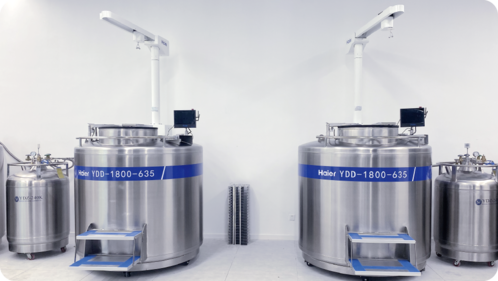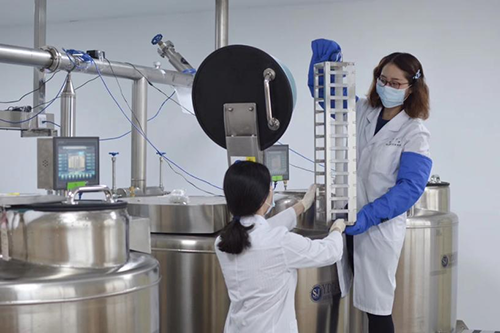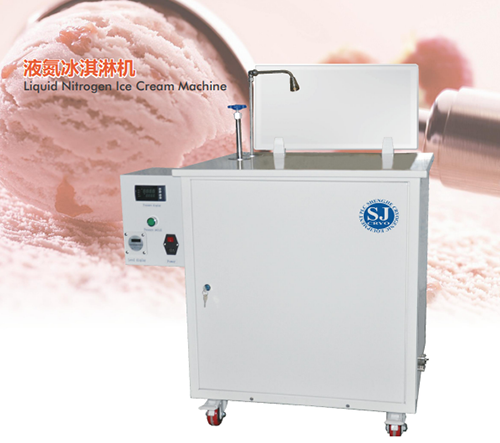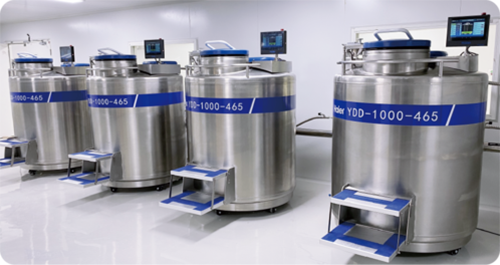In everyday life, liquid nitrogen tanks may not seem like common items. So, in which industries and places are liquid nitrogen tanks actually utilized? The reality is that the application scenarios for liquid nitrogen tanks are not mysterious. Primarily used for the long-term preservation and transportation of biological specimens, such as blood samples, cells, sperm, tissues, vaccines, viruses, and skin from animals, plants, or humans, liquid nitrogen tanks find their place in agriculture, animal husbandry, healthcare, pharmaceuticals, food, research, and other sectors.

In the agricultural sector, liquid nitrogen tanks play crucial roles in activities like freezing livestock semen for breeding, long-term low-temperature storage of animal embryos and plant seeds. Livestock industry establishments, including national and regional animal husbandry bureaus and stations, utilize liquid nitrogen tanks to store genetic material such as sperm and embryos from pigs, cows, and poultry. In crop farming, these tanks are employed in agricultural resource repositories for storing seeds and more.
Within the healthcare industry, liquid nitrogen tanks are indispensable in hospitals' biobanks, central laboratories, and various departmental labs, including oncology, pathology, reproductive medicine, and diagnostics. They are employed for the low-temperature preservation and treatment of organs, skin, blood samples, cells, viruses, as well as for artificial insemination. The presence of liquid nitrogen tanks continually propels the development of clinical cryomedicine.

In the pharmaceutical and food industry, liquid nitrogen tanks are utilized for deep freezing and preservation of cells and specimens, low-temperature extractions, and the storage of high-quality seafood. Some are even used in the creation of liquid nitrogen ice cream.

In research and other sectors, liquid nitrogen tanks facilitate low-temperature techniques, low-temperature ecology, low-temperature superconductivity research, laboratory applications, and germplasm repositories. For example, in the agricultural research system and plant-related plant resource repository, plant cells or tissues, after undergoing anti-freeze treatment, need to be stored in a liquid nitrogen environment.

(Haier Biomedical Biobank Series for Large Scale Storage)
By employing cryopreservation techniques, placing cells in -196°C liquid nitrogen for low-temperature storage, these tanks enable cells to temporarily suspend their growth state, preserving their characteristics and contributing significantly to accelerating the translation of research findings. In all these diverse settings, various types of liquid nitrogen tanks shine brightly, ensuring the safety of biological samples.
Post time: Jan-04-2024











